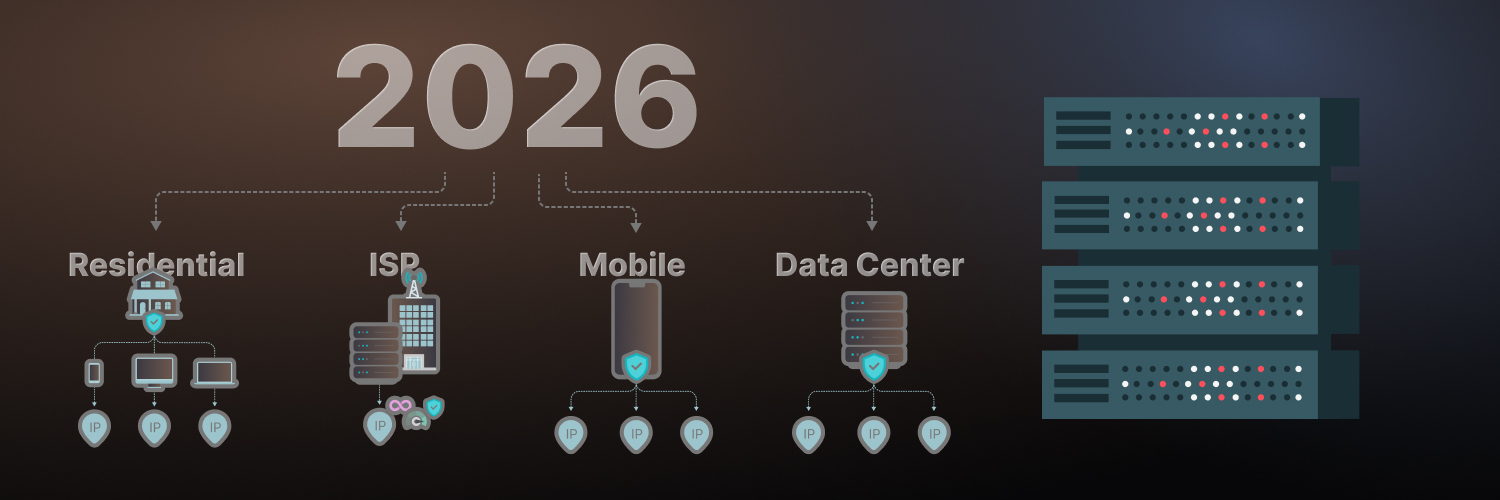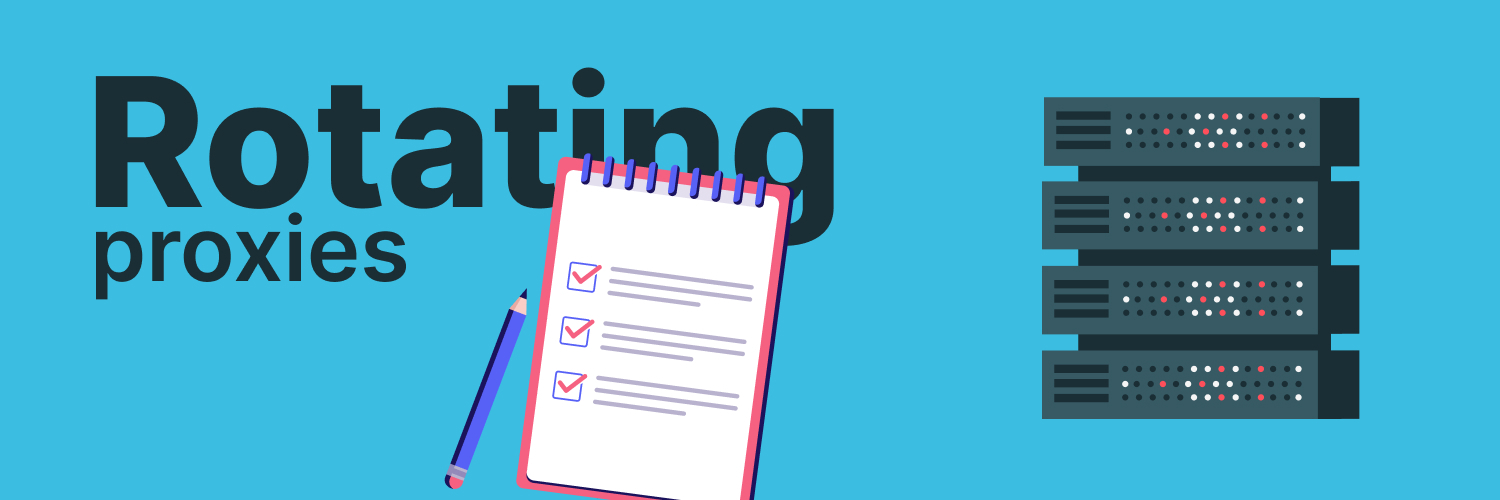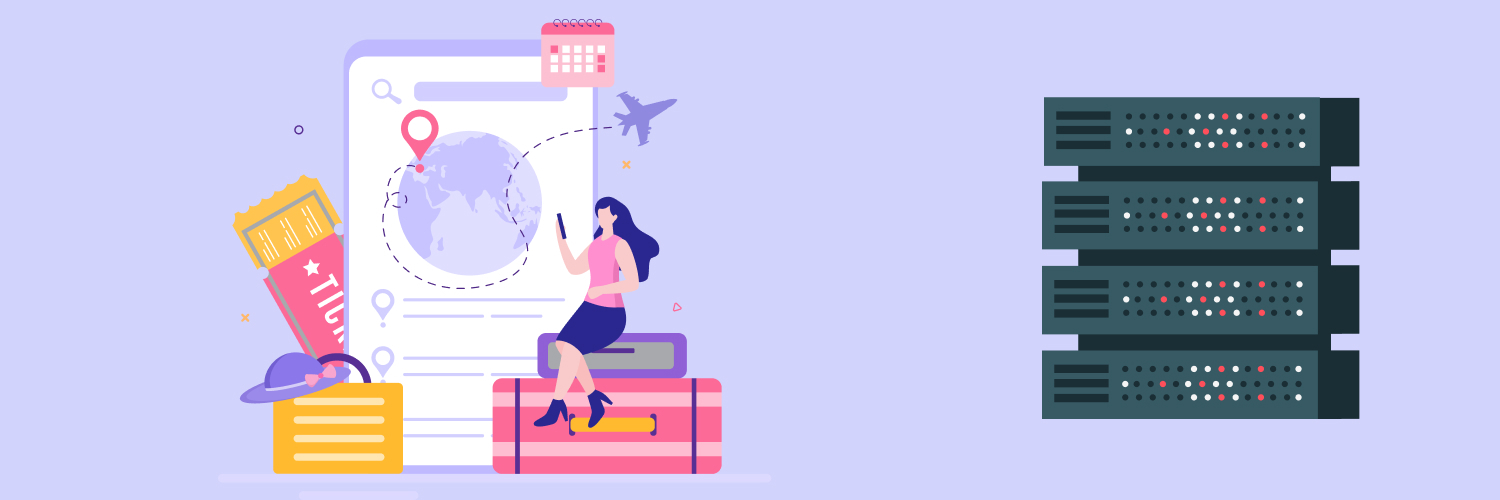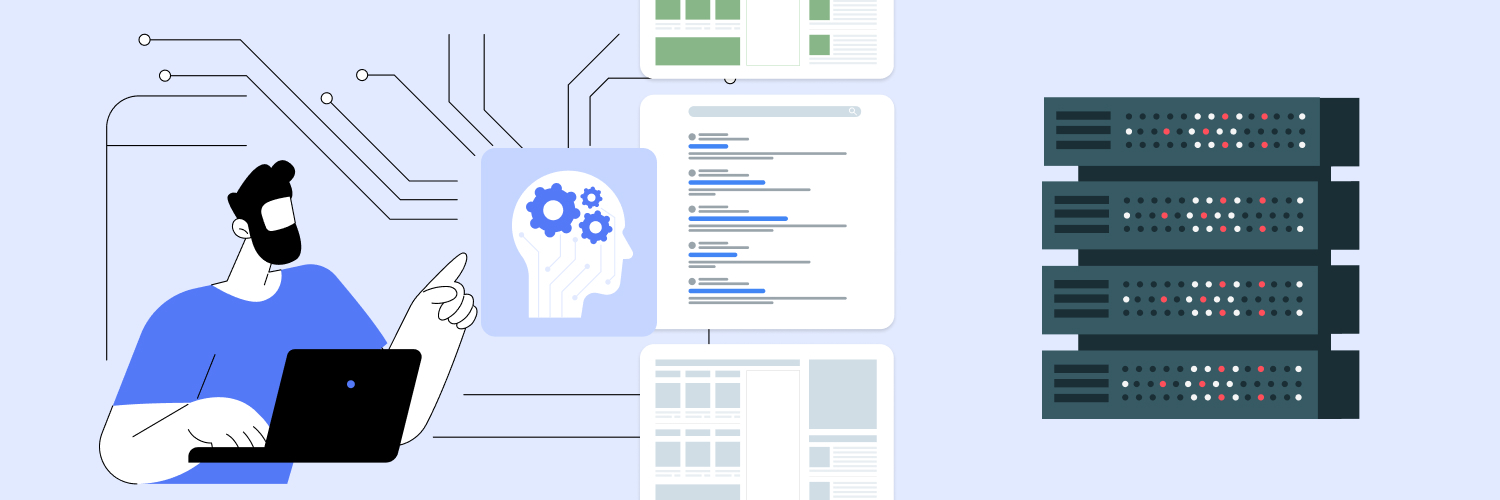What Is A Wi-Fi Proxy And Learn How to Set Up Wi-Fi Proxy
Proxies are one of the most important resources available today. From individuals who use them to businesses and government organizations, they create a safe way for you to navigate the web and get around roadblocks as you do. One of the options you have is a Wi-Fi proxy, which is a bit of a different configuration but still one that you should take into consideration if you are looking for ways to circumvent limitations or obtain further protections.
In this piece, we will discuss several things, including what is proxy in Wi-Fi, how it works, and how to set it up so that you can see how to begin using it for your own needs.
What Is Proxy in Wi-Fi?

The first question is the most important. What is proxy in Wi-Fi?
In short, a Wi-Fi proxy is a tool that lets you connect to the internet utilizing a secondary or intermediary server. That server acts as a second stop before the data or request moves beyond the server. The Wi-Fi proxy works as a type of barrier between the device you are using and the website you are trying to access.
When a connection like this is in place using a Wi-Fi proxy, it helps to hide information that could otherwise be used against you. That is, it allows your internet traffic to be encrypted and then routed through the proxy server instead of the normal route. This makes it seem like the request is coming from the proxy server instead of the device you are using.
What is a Wi-Fi proxy able to do for you? The primary benefit of a Wi-Fi proxy is that it adds security and privacy to the movement of information and data from one location to the next. When you have a Wi-Fi proxy in place, the IP address of your current device is hidden. That makes it much harder for the website itself or other online tools you are using to track where you are and where your information is coming from as it enters their site or tool.
What Does Proxy Wi-Fi Use Do for You?
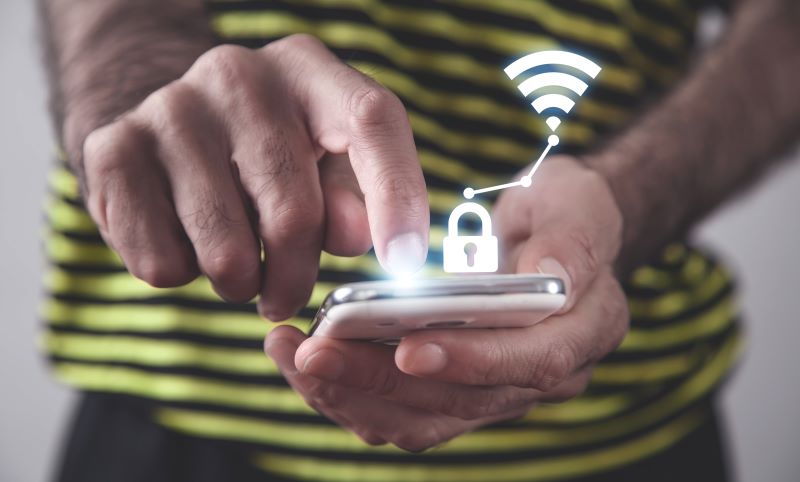
Ultimately, the use of these tools helps to protect sensitive information from being accessed. That could include your IP address, your location, and even the login credentials you are using. All of this can be protected from potential attackers accessing it.
There are many other benefits to the use of Wi-Fi proxies. For example, it allows you to improve your ability to move through the interent by reducing the amount of data that is being sent from your device to the website you want to access. The Wi-Fi proxy can deliver web pages to you faster, because it helps with caching frequently accessed content. This can help speed up connections to the same website over and over again.
What is proxy on Wi-Fi in terms of benefits?
In short, a Wi-Fi proxy provides an added layer of protection for your security, privacy, and ability to access websites from your location. It empowers you to control who is monitoring you and protects your online activities. It may also help you circumvent some restrictions based on your IP address or location. Ultimately, the use of a Wi-Fi proxy makes using the web more efficient and effective.
What Does Proxy Mean for Wi-Fi in Practical Terms – How Do You Set It Up to Work?
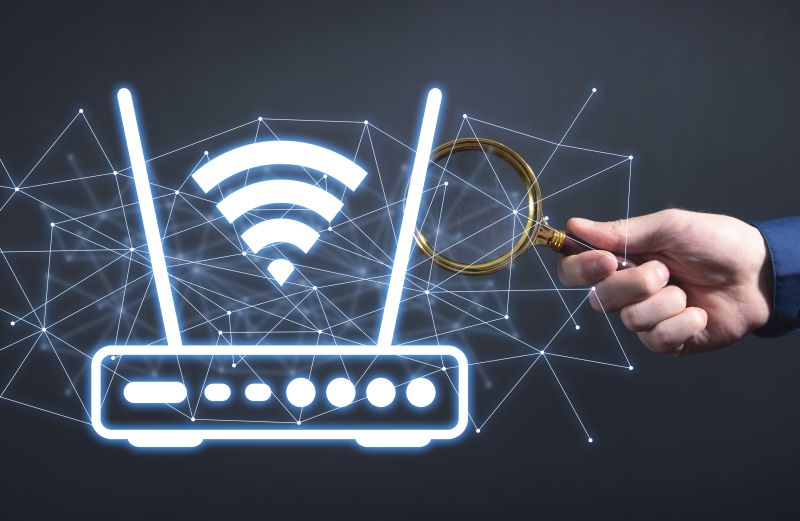
Learning to set up proxies is an important part of this process. Let’s break down how a Wi-Fi proxy works to intercept connection requests before it actually forwards them to the desired online service for you – instead of you doing it directly. This is a simple breakdown of what is proxy for Wi-Fi functionality.
1. Setting up the connection
The first step is to connect your Wi-Fi network to a proxy. To do this, you will enable the proxy setting on your device. We will get more into what is Wi-Fi proxy settings in just a moment. Once you set up this connection, all of your traffic is then routed through the proxy server.
2. Request forwarding
When you wish to visit a website, a process called requesting access to a site, your device will send a request to the proxy. Instead of sending that directly to the website server where you intend to visit, it makes a detour and stops at the proxy server first. This means your request does not go directly to the website but instead to a proxy server.
Keep in mind that this entire process is very fast and efficient, and as such, you can expect no delay in the actual time it takes to move from one to the next.
3. The Processing
The next step is for proxy server processing to occur. When your request reaches the proxy server, it will evaluate it. It then makes sure that any rules or restrictions are adhered to. This could be based on things like the type of content or the location. Network policies are considered. This processing step takes just moments to complete.
4. Proxy server responds
The next step in this process is for the proxy server to respond. That means the proxy server will check out the request you sent. It will then forward the request that you sent to the destination server – where you want to go. This is done on your behalf rather than you sending it directly. At this point, the destination server will then send the data requested back to the proxy server. It does not send it directly to you.
5. Encryption and transmission
The next part of the process is for the proxy server to support the encryption process. In some situations, it can be set up to encrypt the data prior to sending the data back to you. This is a step that is not always taken. However, it can add more security to enhance your privacy and information.
6. Response to your device
The final step is for the proxy server to respond to your device. Once it has all of the information from the destination server, the proxy server will then send that information back to you using the necessary encrypted connection.
Utilizing a proxy service is one of the best decisions most can make. It adds the security you need to protect sensitive information.
When you use a Wi-Fi proxy, your device does not directly communicate with the destination server. That means there is a layer of added protection in place. All of the data goes through the proxy server instead.
What Is a Wi-Fi Proxy Benefit to You?

There are a variety of benefits that can come from using a Wi-Fi proxy, and in today’s unsecure internet, it is critical that you have the right level and type of protection in place to minimize risks to your sensitive data.
The benefits of using a Wi-Fi proxy will differ from one situation to the next. Anyone can use it, from gamers who want to circumvent and play their favorite games without limitation based on location to those who need to access websites numerous times to track data.
Check out some of the benefits of using a Wi-Fi proxy for your needs.
#1: Improved privacy
The most important benefit to using Wi-Fi proxies is that it can provide enhanced privacy. This benefit comes from the routing of your internet traffic to the proxy server instead of directly.
In this process, your IP address is masked. That makes it hard for other websites or online services you are using to know who you are or to track any of your online activities. As a direct result, your personal information is protected and not shared with the site. Your browsing history is also protected and cannot be easily monitored.
#2: Eliminate restrictions on your use
There are plenty of situations where your ISP or network administrator may put in place some type of block or restriction. This type of restriction will not allow you to access certain sites or gain access to information. However, with a Wi-Fi proxy, you connect to a proxy server that is located in a different area or outside of those restrictions. This way, you can access the information and sites you need without feeling limited by your location or the other restrictions in place. This gives you more access to the sites you need and want to visit.
#3: Improved security
While improving privacy and access are core components of this process, it can also help to improve security. Using a proxy can help to provide added security to any activity you are engaging in, which means you are protected as you move through the internet in a bit more of an enhanced way.
It does this by encrypting your internet traffic – the requests you send to the server. The Wi-Fi proxy protects that data from anyone else intercepting or accessing it. That means that no unauthorized access is allowed.
This is particularly important in situations where you may be using an unsecured network or tool, such as a public Wi-Fi network. In these situations, there is limited security in place because of the sheer amount of people using the tool. As a result, your information is vulnerable there and can be attacked. By using a Wi-Fi proxy, you are able to reduce that risk.
#4: Anonymous activity
There are situations when you can set up a Wi-Fi proxy to help you avoid being found. That is, it allows you to browse the sites you want and need to without anyone knowing who you are or where your IP address is.
Because a Wi-Fi proxy will change up your IP address (instead of displaying your address, it displays that of the proxy), you do not have to worry about anyone tracking your personal use. This can help if you wish to use the internet for a variety of tasks without letting others know where you are located or who you are.
#5: Get access to content otherwise behind a wall
What is proxy in Wi-Fi able to do when there is content that is otherwise restricted? It can create a way for you to access online content that is restricted or blocked in your region, country, or other restriction factor. For example, if you want to play an online game but your location is restricted from early access to the latest release, you can use one of the best proxies for games to access it.
To work, the Wi-Fi proxy is located in an area where access is available. That means that when the proxy server visits the website, it is going to see that the server is located in an acceptable area and, as such, will allow you to access it. By using the proxy server in a different location, you bypass all of the geo-restrictions that would otherwise block you from accessing that site, game, or other information.
When you use proxies like this, you gain more control over who can see who you are, what you can do online, and the level of security in place to protect your use of the internet.
What Are Proxy Settings for Wi-Fi?
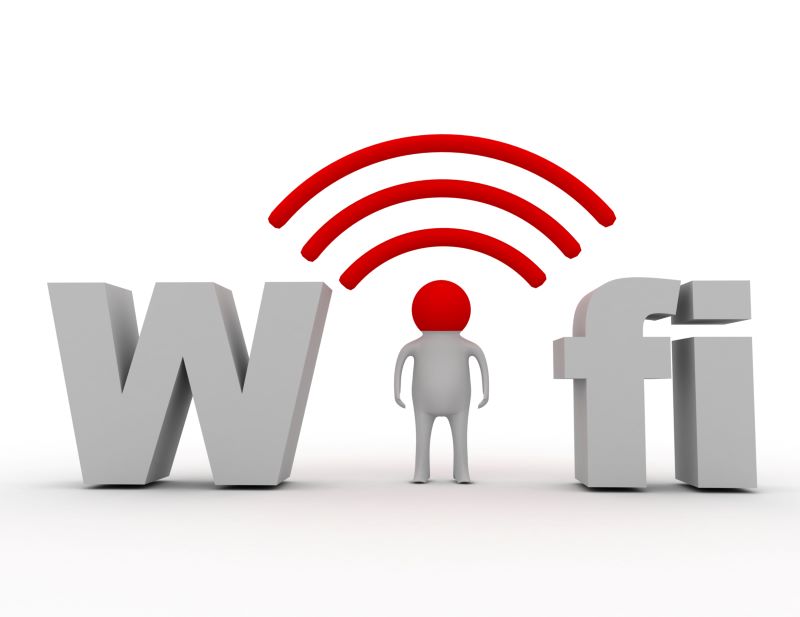
One of the most important topics that you need to actually achieve this process is to use Wi-Fi proxy seettings. That is, you need to set up your system or device to help you to gain proxy benefits. No matter how you wish to use proxies, you will need to set the process up before you try to access sites. The good news is that this process is not difficult in any way.
To set up a Wi-Fi proxy, you will need to configure the proxy settings on your device. You could also set it up in your operating system. Either way, the process is only a few steps, and once it is in place, you will be able to start using it right away.
Keep in mind that the type of device and platforms you use will play a role in the overall experience you have. The following is the most commonly used method for setting up a proxy, though yours may be slightly different.
Step1: Select a proxy
Your first step will be to choose a proxy. Finding the best web proxy is not challenging (we have what you need right here at Rayobyte), but you do want to choose one that is recognized and safe and offers the features you need.
To choose the right proxy service, make sure you consider:
- The security it offers
- The performance it can handle, especially if you are going to be using heavy features like gaming
- The location options it offers (to make sure it can get around the geo-restrictions present)
- Any other features that you need to use or want to use
Step 2: Proxy information
The next step is to obtain the proxy server information. Most of the time, once you select a proxy service, they will provide you with all of the information you need to navigate from here forward. That starts by providing you with the necessary information to connect to the proxy server. Most of the time, this includes sending you a proxy server address along with a port number.
Step 3: Configure the settings
Once you have this initial information, you can then configure the proxy settings to align with your goals. To do this, you will navigate to your network settings on your device or through your Wi-Fi settings. There, you will see an area where you can update proxy servers or proxy settings. This is typically located under the advanced network settings. It may also be located within the Wi-Fi network settings area.
Depending on your device, you may be able to locate the proxy settings location with a simple search.
Step 4: Provide the proxy information
Now that you have found the location of the proxy settings, you will need to update it with the necessary information. You just need to apply the information the proxy service gave you. That includes the port number and the server address in most situations.
In some situations, you may also need to provide additional authentication credentials. This is dependent on the requirements set up by the proxy server. Most of the time, this entire process only takes a few seconds.
Step 5: Save your settings
Once you provide the necessary information, make sure to save them. You will need to do this so that there is no delay in communications moving forward. Save the settings.
Then, you will connect to the Wi-Fi network as you have always done. There is no difference here. However, your device will not route the traffic and internet requests you have through the configured proxy server; instead, it will create the block and protection you need directly.
There are optional steps and features to consider as well
There are some proxy services that provide additional features. This includes things like ad-blocking, optimization of traffic, as well as encryption itself. If these services are provided, and you want to use them, you will need to walk through the configuration process by answering the questions the proxy service requires.
Now that you have everything set up, you need to test it. Do this before you head to the site you want to visit directly. Instead, set up the Wi-Fi proxy and then test the connection to make sure it is operational. You can visit any website to do this or try using any of your online tools. The goal is simply to make sure that the traffic is being routed properly through the proxy server to the destination website and tools. If there are any concerns, step back and troubleshoot.
Individual configurations
Another note to consider is that some web browsers and applications give you the option to configure proxy settings on an individual basis. In some situations, you may want to do this if you want to route just specific traffic through the proxy and not all of the other information and web requests. It does not take a lot of time to set this up, even if you do desire to use it.
What Is Proxy In Wi-Fi Going to Do For You?
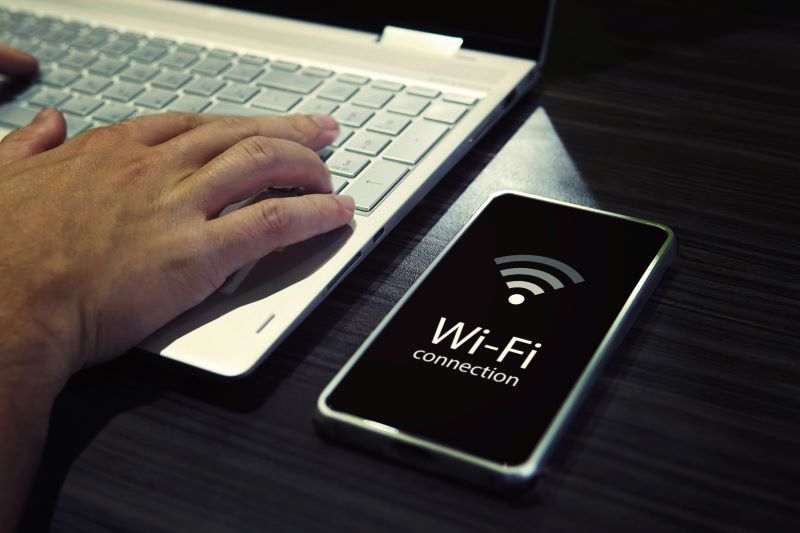
What is proxy in Wi-Fi going to help you with accomplishing? There are numerous ways you can use it. Here are some of the most common recommendations:
- Browse the internet anonymously. Avoid anyone knowing who you are as you move from one website to the next.
- Overcome geo-restricted sites and tools by using a web proxy to circumvent those limitations.
- Bypass censorship and filtering, both of which are growing in popularity to control who sees what.
- Get more security for your own information by using a Wi-Fi proxy to encrypt internet traffic so that attackers cannot access and use it.
- It can be used for web scraping, one of the most effective ways to gather a lot of data with ease.
Final Thoughts

When you consider what proxy in Wi-Fi can do for you, it is clear this is a service you will want to put into place. At Rayobyte, we offer a wide range of proxy products to help you with all the tasks you have to undertake. Check out our mobile proxies and our tools for web scraping that can help you gather the information you need.
The information contained within this article, including information posted by official staff, guest-submitted material, message board postings, or other third-party material is presented solely for the purposes of education and furtherance of the knowledge of the reader. All trademarks used in this publication are hereby acknowledged as the property of their respective owners.

